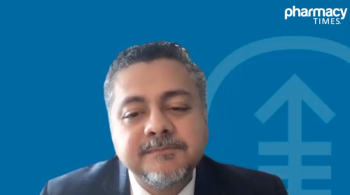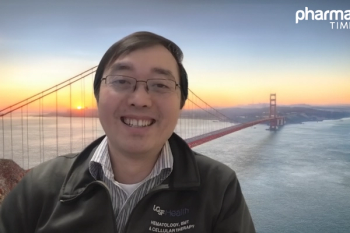
Pharmacists in the Oncology Setting: Financial and Clinical Impact is Significant
In the inpatient acute care setting, oncology pharmacists maximize return on investments of oncology products, produce optimal outcomes, and ensure that quality of care is consistent and safe.
In 2019, the CDC reported 1.8 million new cancer patients and 600,000 cancer-related deaths in the United States. These unsettling numbers place cancer as the second leading cause of death in America behind heart disease. As numbers rise, the need for specialized health care professionals begins to grow.1
The Journal of Oncology Pharmacy Practice has published a study that discusses the benefits of having an oncology pharmacist in oncologic multidisciplinary teams.2 Investigators indicate that currently, pharmacists must provide data to prove that they are valuable.
“Position justification for pharmacists is a challenge with prerequisites to optimize efficient processes, promote quality and reduce overall costs,” the study authors wrote. “Initiation and implementation of new oncology pharmacist services requires a clear description of value to the organization and a strong understanding of workflows.”
This review can be a reference guide for oncology pharmacists in various specialty areas to prove their worth. Investigators focus on the more common clinical settings of oncology pharmacy, such as ambulatory clinics, inpatient acute care, specialty pharmacy, and community oncology.
In the inpatient acute care setting, oncology pharmacists maximize return on investments of oncology products, produce optimal outcomes, and ensure that quality of care is consistent and safe. Cost saving initiatives are especially important in this field because many have off-label indications and high costs. One reviewed study estimated that a medication transition service provided a savings of $3.3 million and 747 patient days for an institution.
In the ambulatory care setting, pharmacist initiatives were found to save time and money for physicians. One organization described savings of 5 hours of physician medication planning time per week, allowing the physician more patient time and subsequently increasing revenue-generating services.
Anticoagulation management from pharmacists was a common initiative for various oncology institutions. Savings ranged up to 325 hours of time and $93,000 in cost avoidance, with patients being in a therapeutic INR range 20% more often with a pharmacist than without a pharmacist.
The review’s goal was to prove the direct patient care and non-patient care benefits that pharmacists provide to an oncology team. Investigators reviewed different studies and presented data for oncology pharmacists to use as a reference guide. Using the guide, stakeholders can complete institution-specific reviews to determine the benefit of an oncology pharmacist to their practice.
“Position justifications must be data-driven and unique to the organization's need and should include physician or key stakeholder support, quality initiatives, cost-savings initiatives, and revenue-generating roles,” the study authors wrote. “The cases and examples described serve as a reference for individuals, teams, or organizations pursuing the value of a financial investment of an oncology pharmacist to expand or initiate new pharmacy services.”
About the Author
Dylan DeCandia is a 2023 PharmD Candidate at the University of Connecticut.
References
- Centers for Disease Control and Prevention. (2022, June 6). Cancer Data and statistics. Centers for Disease Control and Prevention. Accessed October 19, 2022. https://www.cdc.gov/cancer/dcpc/data/index.htm
- Mahmoudjafari Z, Hough S. Expanding oncology pharmacist teams: Justifying the return on investment. J Oncol Pharm Pract. 2022;28(6):1381-1387. doi:10.1177/10781552221086292
Newsletter
Stay informed on drug updates, treatment guidelines, and pharmacy practice trends—subscribe to Pharmacy Times for weekly clinical insights.




















































































































































































































